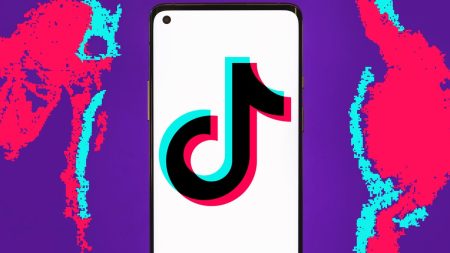For most tax filers, April 15 was the final day to submit tax returns, unless you file a tax extension. The IRS has been sending tax refunds for months, but the process of receiving money back for over 66 million filers isn’t instantaneous. If you’ve already filed your taxes, you could still be waiting for your money to arrive, especially if you opt for a paper check instead of an electronic refund directly to your bank account. If it has been more than 21 days since you filed your tax return and you still haven’t received your money, it’s time to use the IRS refund tracker tool to check the status of your money.
The quickest way to monitor your tax refund is with the IRS’ Where’s My Refund? tracker page, which also lets you know if your return has been rejected due to errors. To use the IRS’ tracker tools, you’ll need to provide your Social Security number, filing status, and refund amount in whole dollars. Make sure to enter accurate data and allow for at least 24 hours before tracking an online return. The Where’s My Refund tool lists federal refund information from the past two years, but for details from previous years, you’ll need to check your IRS online account.
The IRS also offers a mobile app called IRS2Go that can monitor your tax refund status. The app is available for both iOS and Android and in English and Spanish. The app allows you to see if your return has been received and approved, as well as if a refund has been sent. The IRS tools will show one of three messages explaining your tax return status: Received, Approved, or Sent. Additionally, there are different messages that some users may see, such as Tax Topic 152 or Tax Topic 151, indicating various statuses of your tax return.
Getting live phone assistance from the IRS can be challenging, as wait times can vary, especially during peak tax season. The IRS advises calling only if it has been at least 21 days since you filed your taxes online or if the Where’s My Refund tool directs you to. If you receive your tax refund by direct deposit, you may see IRS TREAS 310 listed in the transaction, identifying the transaction as a refund from a filed tax return in electronic form. If your refund is mailed instead of issued via direct deposit, there could be reasons such as providing incorrect account information or limitations on the number of refunds deposited into one account.
In summary, tracking the status of your tax refund is essential to ensure you receive the money owed to you by the IRS. Utilizing tools like the Where’s My Refund? tracker page or the IRS2Go mobile app can help you monitor the progress of your refund. Understanding the different status messages, potential error messages, and knowing when to contact the IRS for assistance can streamline the refund process and provide clarity on any delays. By staying informed and taking proactive steps, you can navigate the tax refund process efficiently and effectively.















